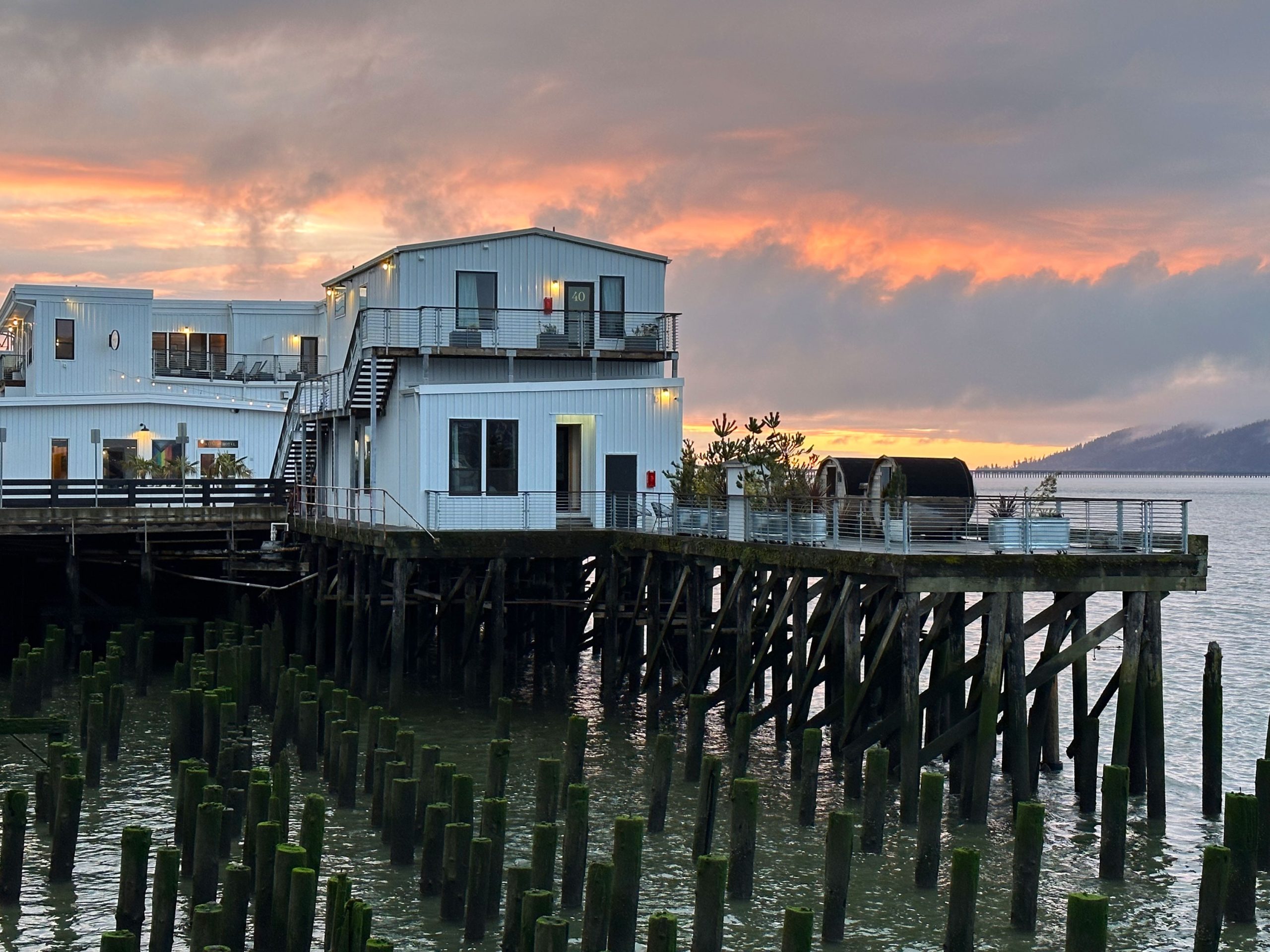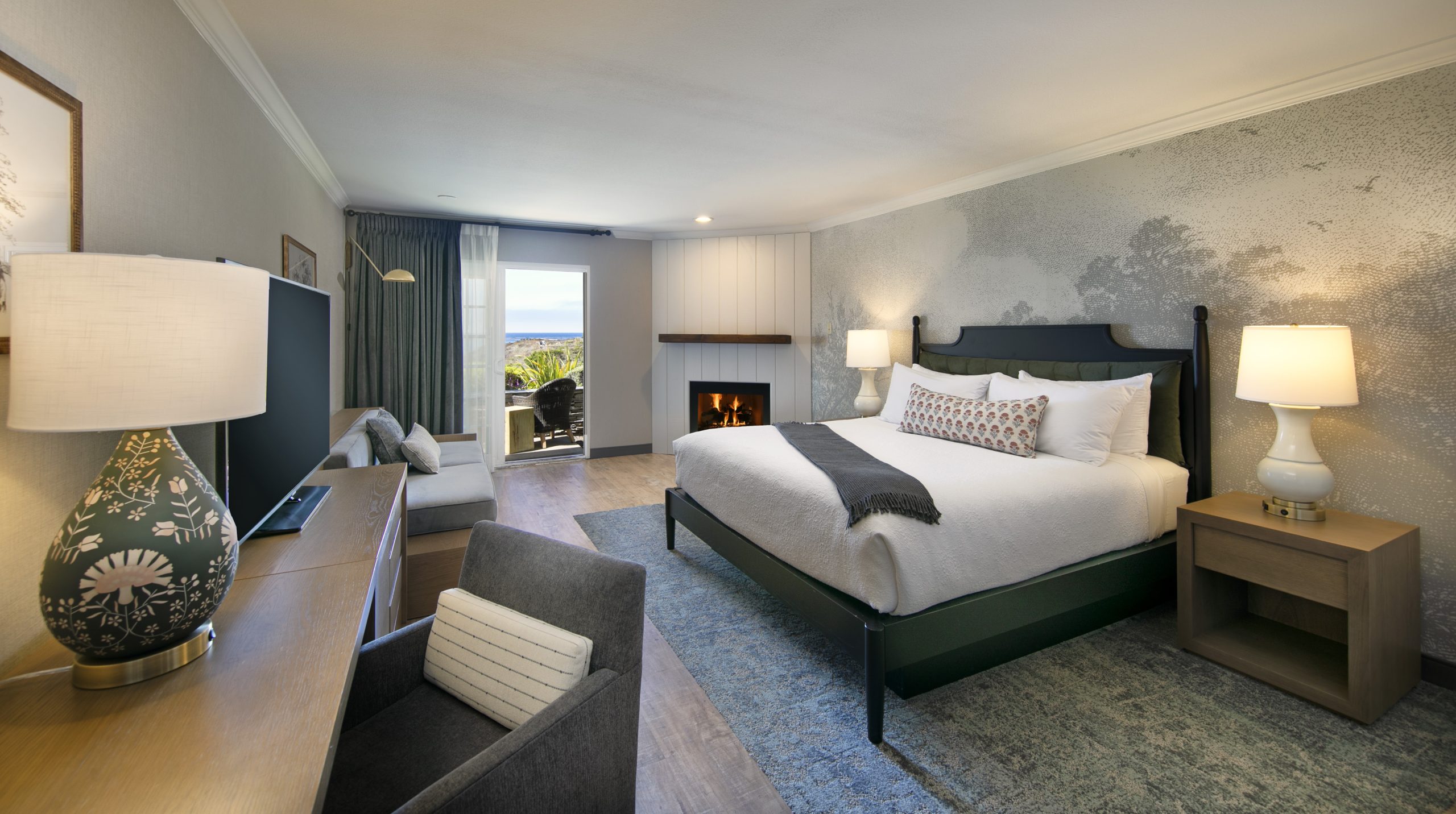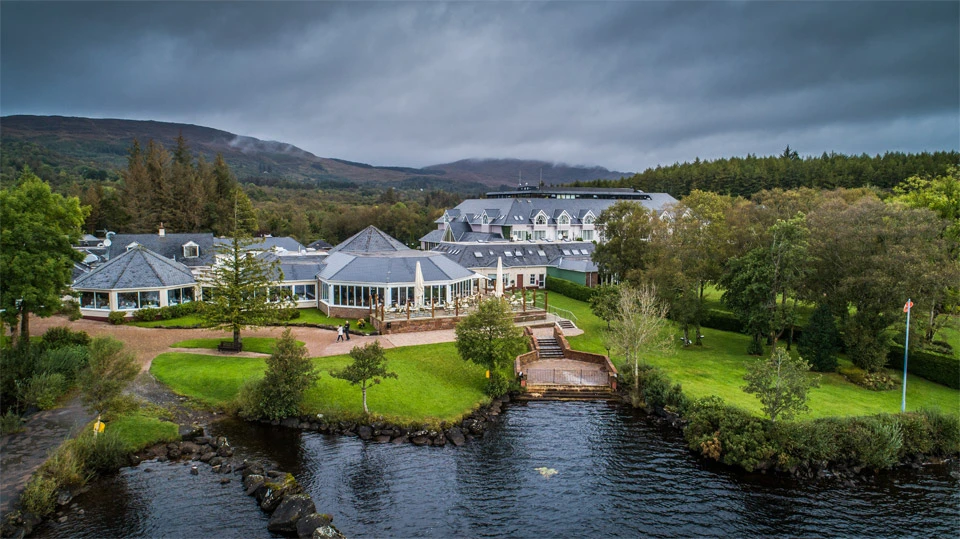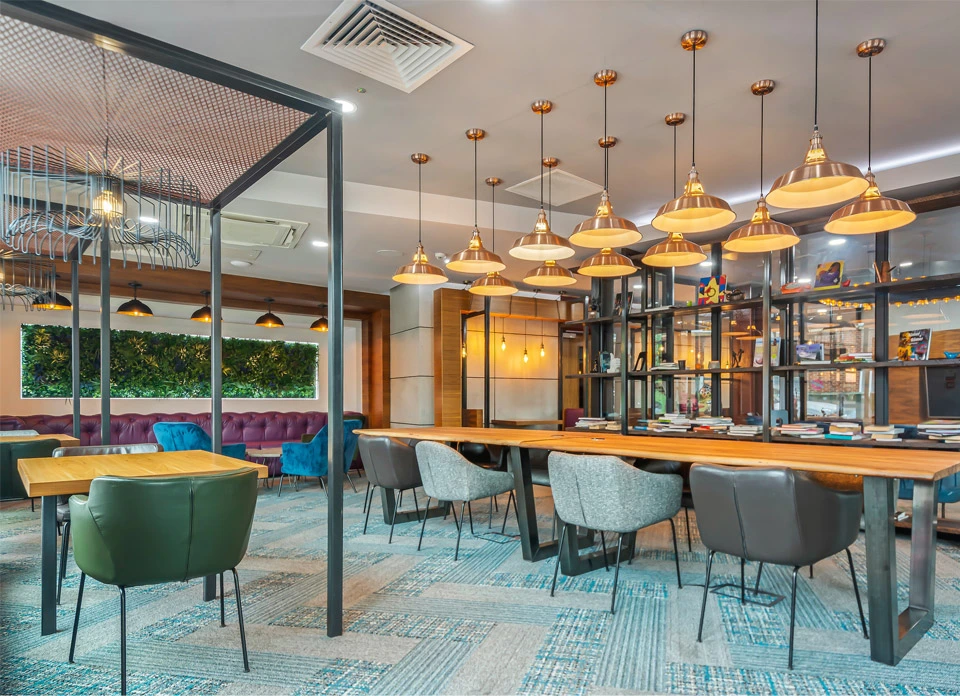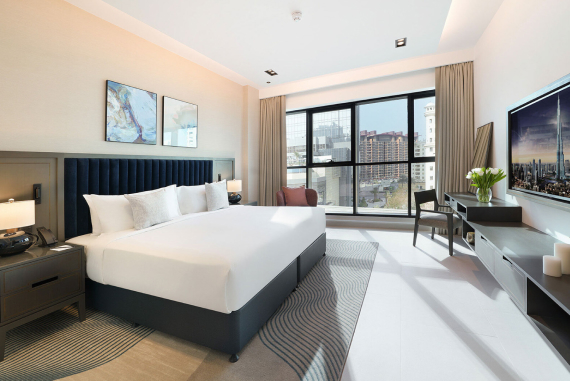Bespoke Design
Customized website design, combined with exceptional user navigation, delivers precisely what your customers desire and require.
Industry-leading SEO
Intuitive and SEO-friendly hierarchy and principles means you are never at risk of falling behind in search engine rankings, securing you the best possible position online.
Team of Specialists
Experienced in state-of-the-art website design, using refined and proven web development process, to create exceptional online experiences.
Award-winning CMS
Unique WordPress CMS designed specifically for the hospitality industry for optimal speed and search.
Proven Process
Proven seven-stage process for website design from discovery all the way to launch, with customer experience at the center of the process, and continual support, on-boarding and in-depth training.
Hosting & Security
Dedicated environment for your website with the latest security and privacy, protecting your digital assets and customers from cyber threats.
Multi-device Responsiveness
Ensures your website capitalizes on every booking opportunity, meeting your customers wherever they are, on any screen or device.
Integration with Booking Engine
Seamlessly integrates with allora.ai booking engine ensuring all your systems are in one place.

